Introduction
Having a subwoofer is a wonder in any sound system because deep bass is very powerful and can really change the way of perceiving soundtracks or music. If you are installing a home theatre system, making modifications on a vinyl amplifier, or setting up a partial or complete home audio system, you cannot afford to overlook the importance of connecting a subwoofer to a stereo amplifier.
If you are an audiophile or someone who generally wants the best sound in your living space that is easy to setup, Arylic has a line of avant-garde equipment such as stereo amplifiers, Bluetooth amplifiers, and multi room audio receivers to facilitate the connection and subsequent integration into the sound system super easy.
This best budget amplifier guide will help you understand how to connect the subwoofer to work well with your Arylic products or any other product of your choice. Thanks to Arylic, you can improve your audio experience to the highest level of clearness and powerfulness.
Basic Steps to Connect a Subwoofer
There are two methods of connecting a subwoofer to the stereo amplifier or receiver and the method to use will depend on your equipment type. Here’s a general overview of the steps:
· Identify the type of subwoofer you own: Subwoofers are of two categories; active subwoofer and the passive subwoofer based on whether they are powered or not respectively. Active subwoofer come with their own amplifier system and Passive subwoofer can only be operated by an external system.
· Check the output options on your amplifier or receiver: Some of the stereo amplifiers, stereo receivers and multi zone receiver will have a dedicated subwoofer output while others do not have this feature at all.
· Gather the necessary equipment: Be sure you have an RCA cable, speaker wire, or a Y-adapter, preferably depending on your system.
· Set the subwoofer placement: Place your subwoofer where it will be to your satisfaction; commonly in a corner or near your main speakers for the best sound bass.
· Connect and configure the subwoofer: Use a connection method specific to your equipment then optimize the settings in order to achieve the best result.
Check for a Subwoofer Output on Your Stereo Amplifier
Subwoofer Out
In the event that your stereo amplifier or your receiver has a specific subwoofer output then the process of connecting it will undeniably be easier and faster. Here’s how you can set it up:
· Use an RCA cable: In this case begin by identifying the subwoofer output in your stereo amplifier or receiver. Screw one end of the RCA cable into this output, insert the other end into the input terminal of your subwoofer. Make sure that the cable is well connected because loss of signal is a very common problem. Many subwoofers are marked to indicate which input should be used and which is not to be used.
· Power up the system: Power on your stereo amplifier or receiver and the subwoofer you have in the room. Make sure that both devices work properly, and that you see any lights appearing on the subwoofer which can indicate that it receives power and the signals from the other device.
· Adjust the settings: Adjust the levels of subwoofer, the crossover point and subwoofer phase controls. These settings ensure that the subwoofer is integrated into the main speakers to give a perfect homestead stereo system sound stage.
No Dedicated Subwoofer Output
No Dedicated Subwoofer Output
If your amplifier lacks a dedicated subwoofer output, you can still connect your subwoofer using high-level (speaker-level) inputs:
• Speaker terminals: You only have to join the terminals of the subwoofer to that of the amplifier by the aid of speaker wires.
• High-level input subwoofers: Get another signal input from the stereo system through the subwoofer’s high-level input output.
Choose the Correct Connection Method
There are some points which are as follows:
RCA Audio/Video Connection (for Subwoofer Out)
An RCA connection is ideal when your amplifier or receiver has a dedicated subwoofer output:
1. Connect the RCA cable:
Connect the cable to the solid output of the amplifier for subwoofer & the input of subwoofer.
2. Adjust the subwoofer settings:
· Volume: Adjust the subwoofer as it should integrate it with the rest of the speakers.
· Frequency: It allows cutting certain frequencies so that only pitched at a low tone to the subwoofer is let to pass through the crossover knob.
· Phase: Change the phase, where the dial is set at 0° or 180° to bring the subwoofer in sync with the other speakers.
This connector is for high level input connection in amplifiers that do not have subwoofer output.
If your amplifier lacks a subwoofer output, follow these steps:
· Connect the speaker wires: Connect speaker wires from the speaker terminal on the amplifier over to the high level input terminal on the subwoofer.
· Use a Y-adapter if needed: In some cases, a Y-adapter is needed to separate the signal for some configurations of equipment used.
· Adjust settings: To balance the sound listen to music and regulate the volume and crossover settings of the subwoofer.
Adjust Subwoofer Settings
Crossover Settings
Depending on the crossover point set, those subwoofers will handle frequencies within a given range. Set the crossover frequency equivalent to main speaker. When it comes to most home audio systems, position somewhere between 80Hz and 120Hz should suffice. This also means that the subwoofer should work only in the low range, and this addition to the main speakers is essential.
Phase Settings
The phase setting makes certain that the subwoofer’s sounds wave interference is total with the main speakers. Phase inversion of any given frequency means that bass output is compromised in some way. Flip the phase switch between 0 or 180 degrees and identify which will maximize the extension and integration of bass.
Practical Operation and Tuning
Power On and Test
· Turn on the system: Turn on the stereo amplifier, subwoofer and any other devices you may have connected to it for instance a music streamer or a turntable amplifier.
· Play test tracks: It is better to use only bass-enriched music or special test signals in order to assess the subwoofer.
· Fine-tune settings: If you are using a subwoofer you should set the volume of it, crossover point and phase to the optimum level to match the frequency range main speakers are designed to handle.
Optimize Placement
The position of the subwoofer is known to have a great impact with peripherals to the sound reproduction. Try placing the subwoofer beside wall or fitting it in the corner and observe the reactions in bass. Do not locate the subwoofer far from other speakers to balance your whole house stereo system.
Conclusion
In this article, we’ll help guide you on how to connect a subwoofer to a stereo amplifier or receiver to get better sound quality in your vinyl amplifier set up, home theater system, or whole house audio. Below are the detailed guidelines if you want to add a subwoofer and enjoy strong bass in your car audio system easily/?
In audio, Arylic has a line of multiroom audio receiver, Bluetooth amplifiers, and music streamers that will make home audio better. Check out their products to see if there is a part for your home stereo.

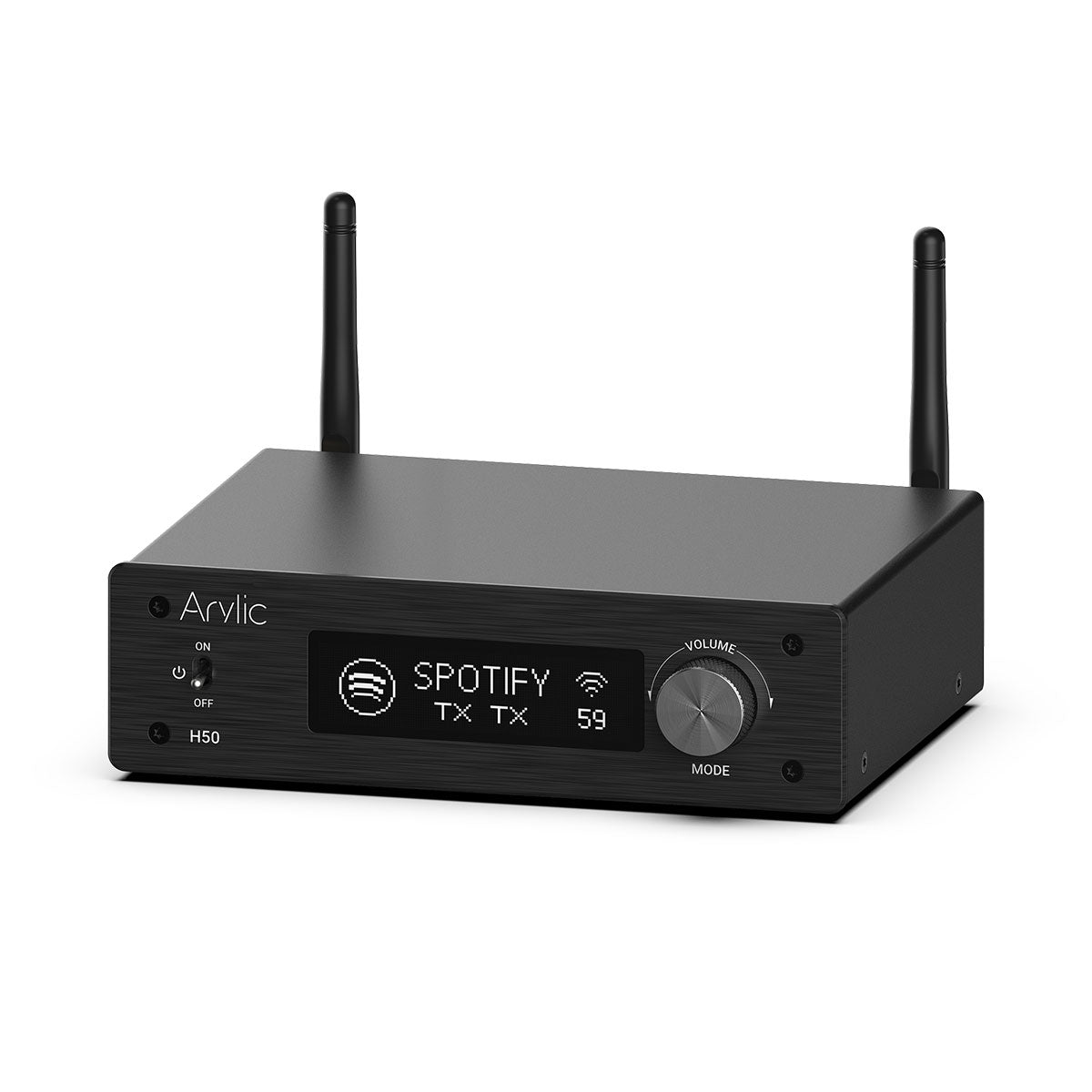
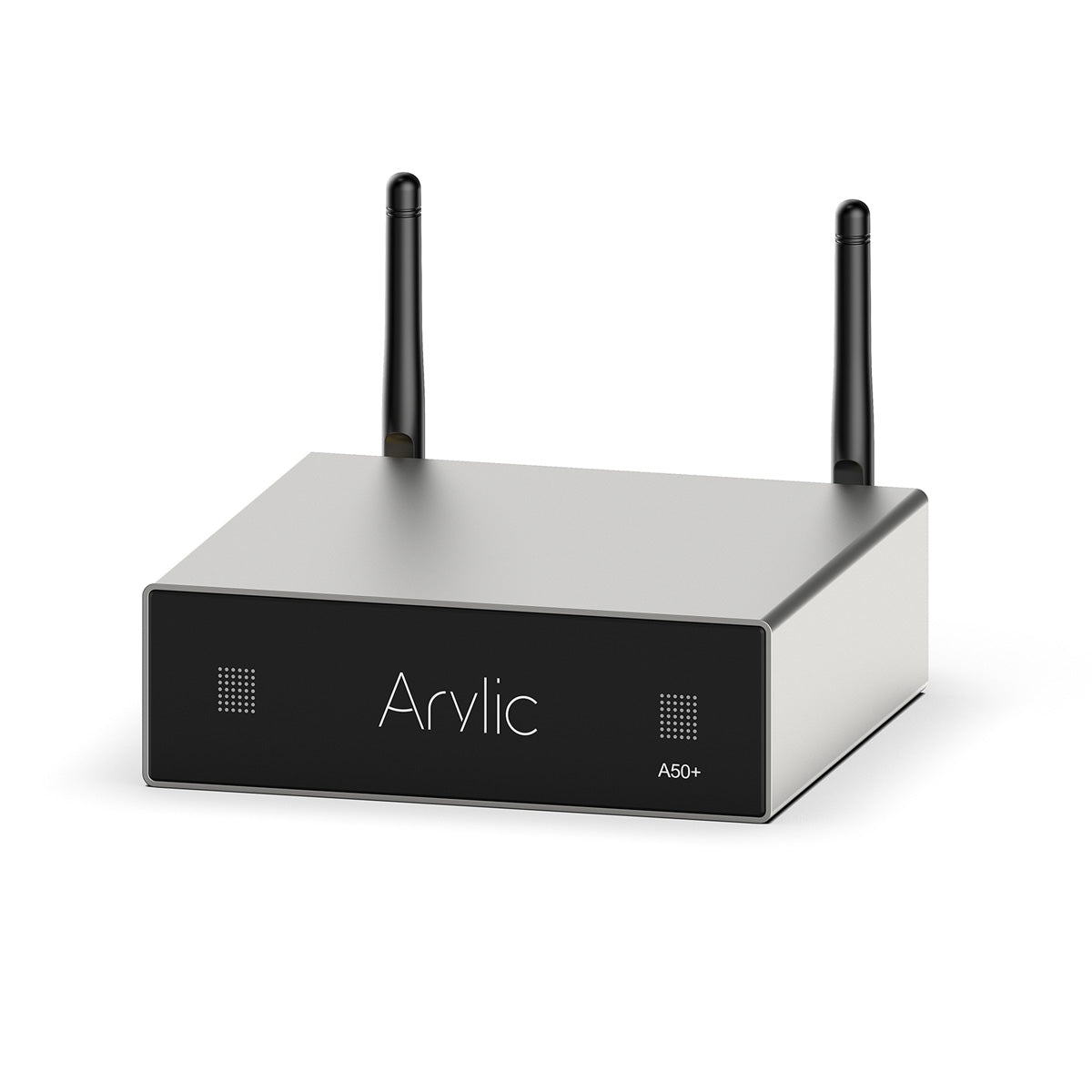
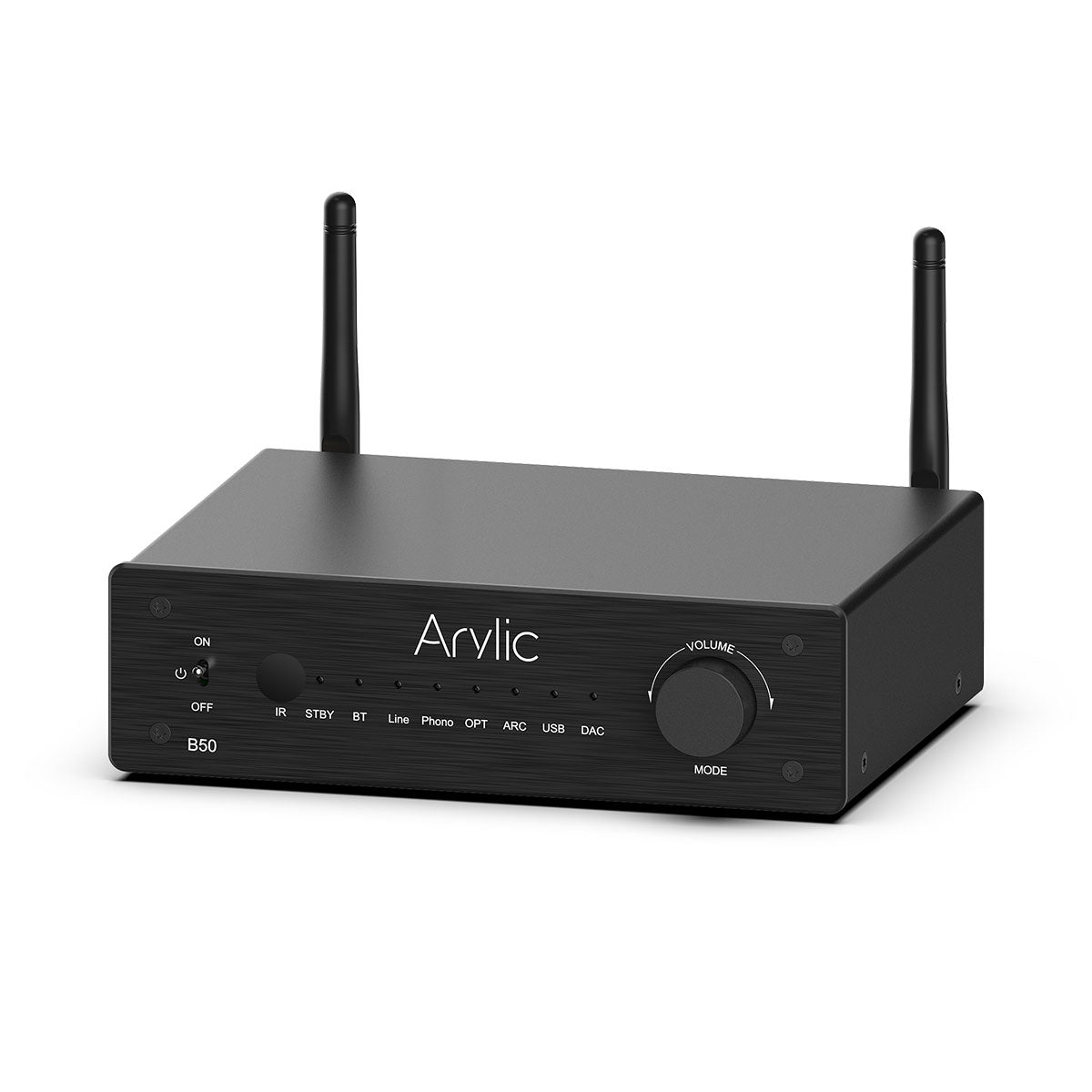
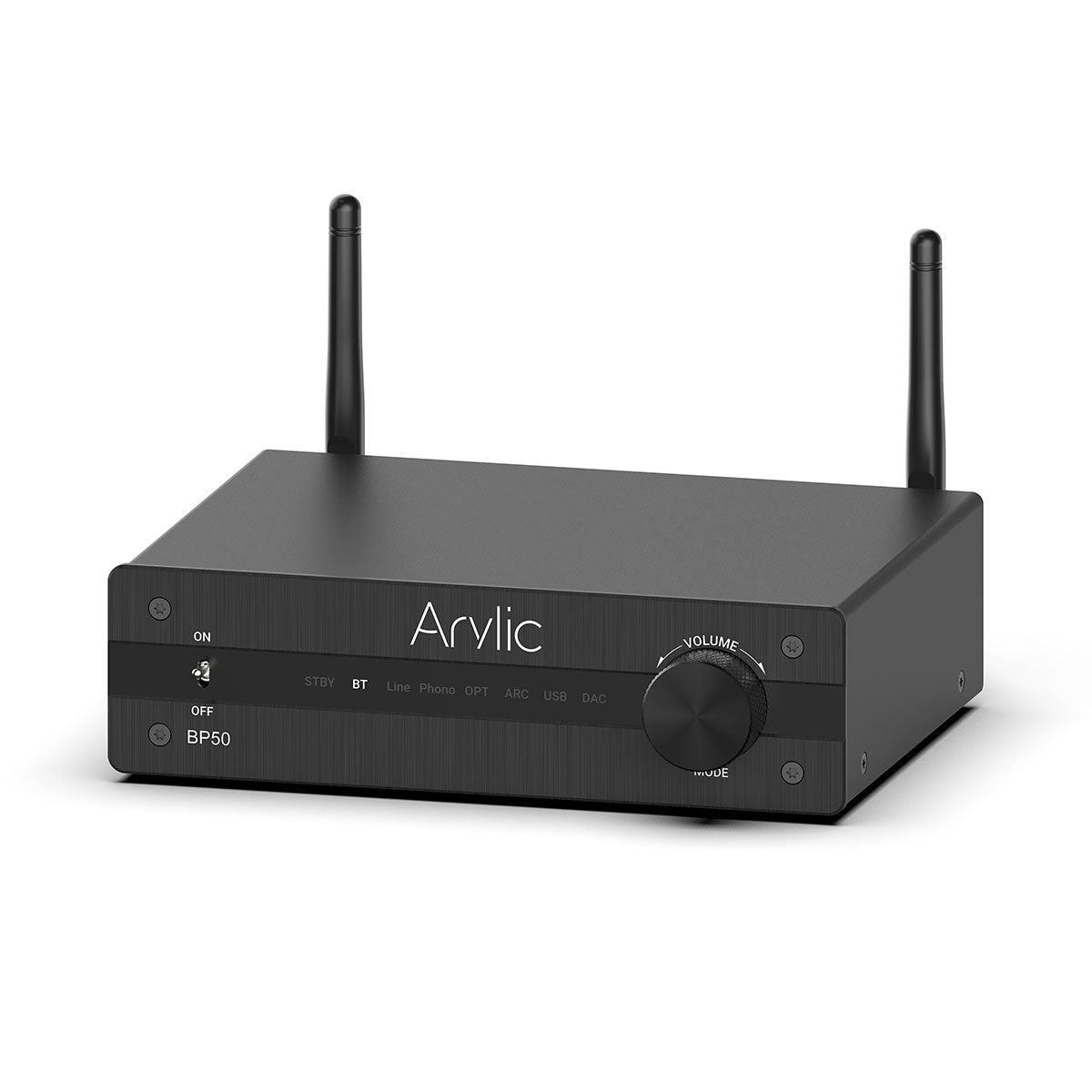
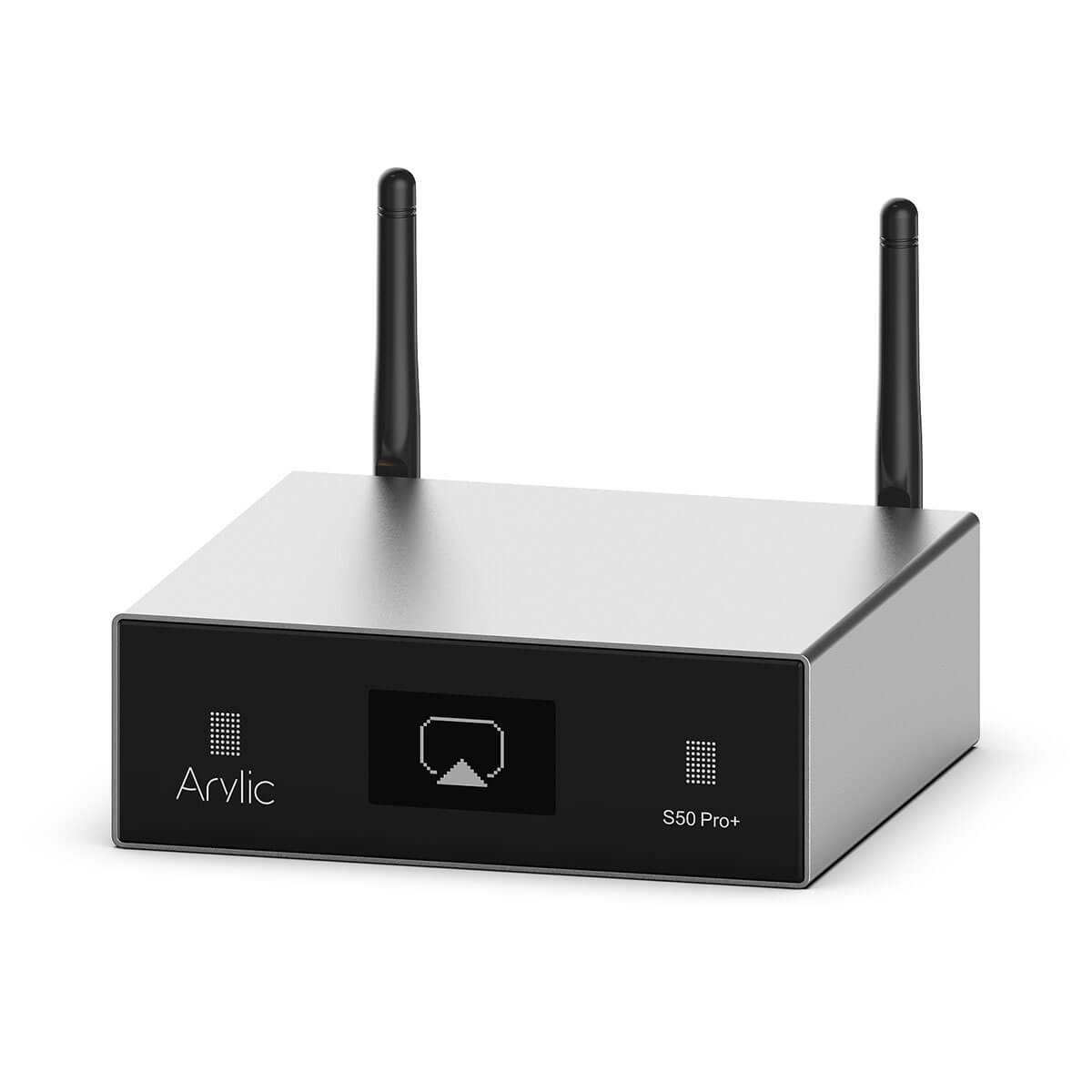
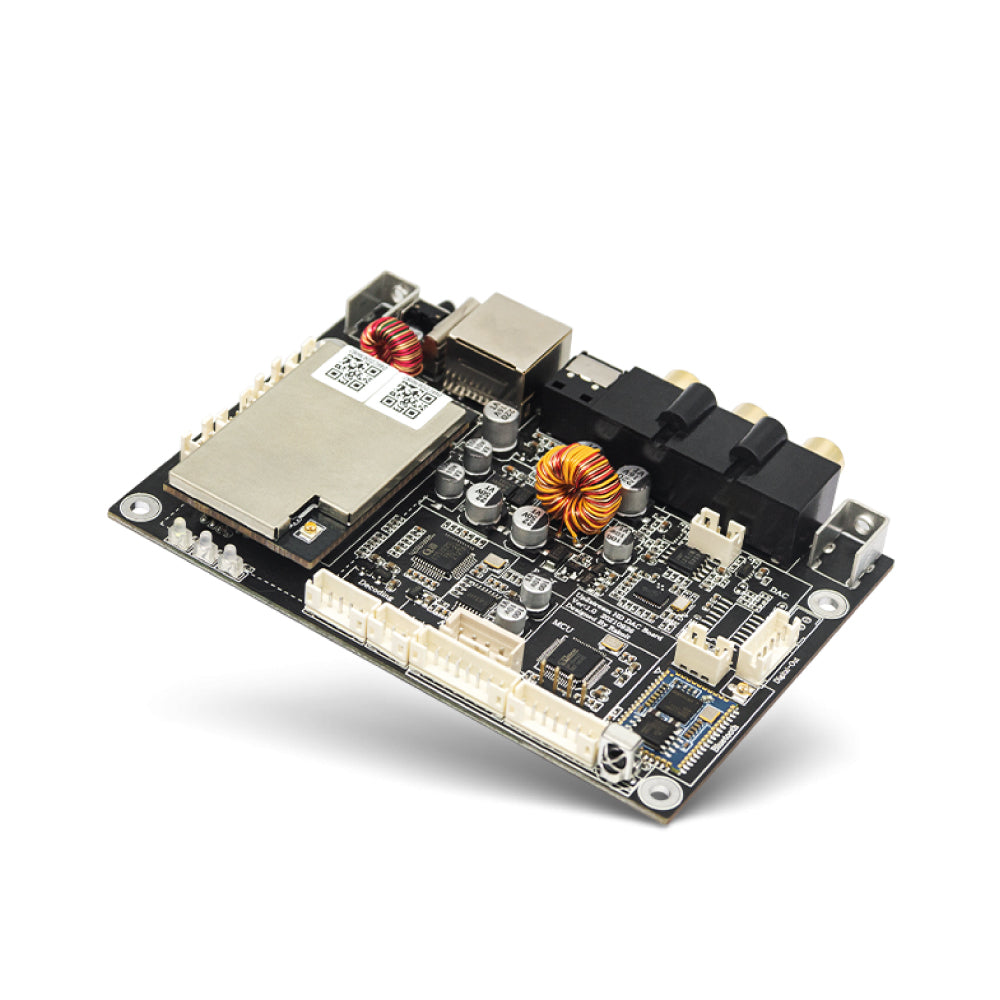
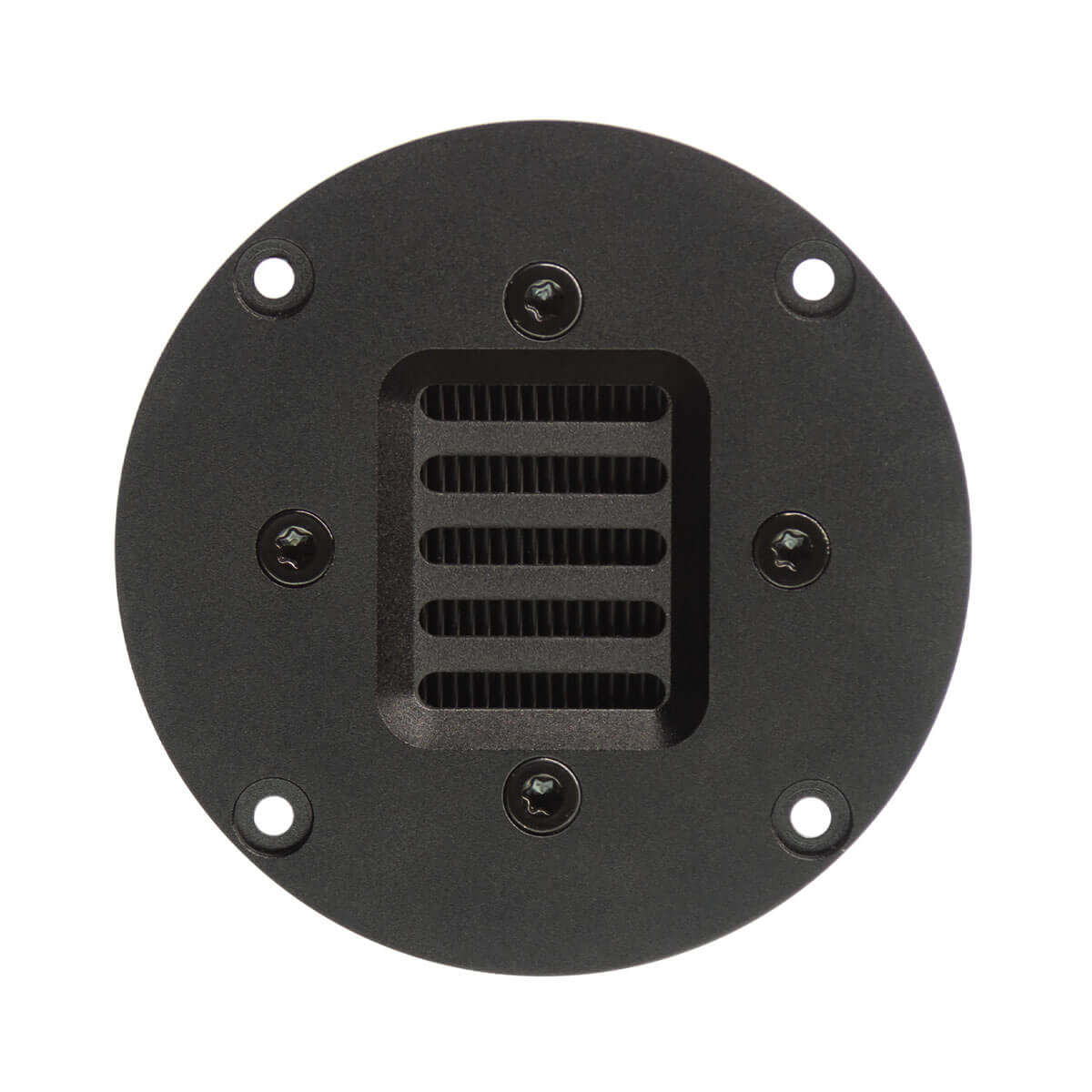

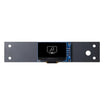
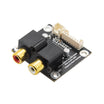
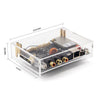
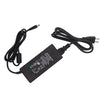
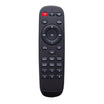

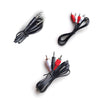

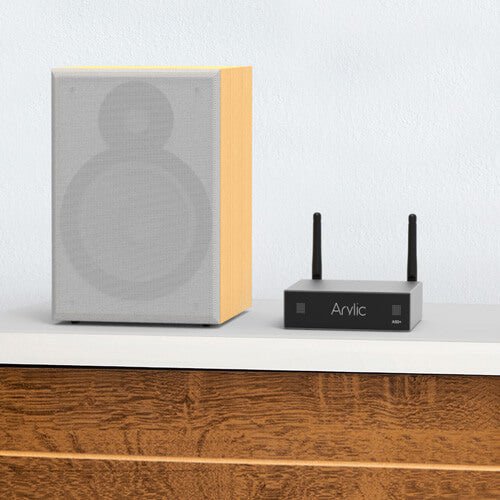
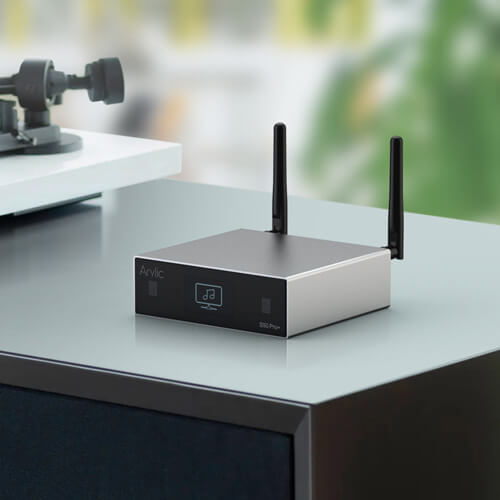
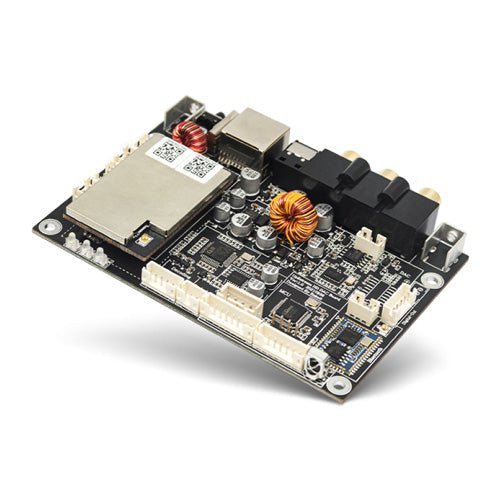















Leave a comment
All comments are moderated before being published.
This site is protected by hCaptcha and the hCaptcha Privacy Policy and Terms of Service apply.